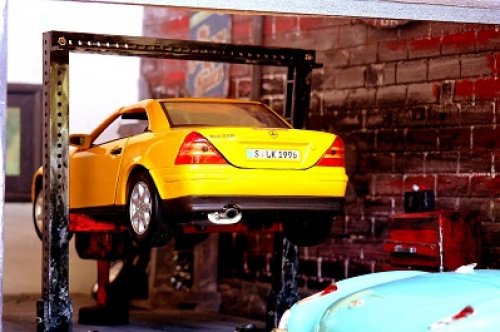Common Mistakes Buyers Make When Buying a New Car

Purchasing a new car is an exciting milestone, but it can also be overwhelming. Between choosing the right model, securing financing, and weighing long-term costs, buyers often make decisions in haste or without enough preparation. These mistakes can lead to overspending, buyer’s remorse, or ending up with a vehicle that doesn’t suit their needs. Below are some of the most common mistakes buyers make when deciding on a new car and how to avoid them.
1. Focusing Only on the Monthly Payment
Many buyers enter the dealership with a specific monthly payment in mind. While this seems practical, it often leads to overlooking the bigger picture. Dealers may stretch out the loan term to meet that monthly figure, meaning the buyer pays much more in interest over time. Instead of focusing solely on monthly payments, buyers should consider the overall purchase price, loan term, and total cost of ownership.
2. Skipping the Research
Impulse decisions are common when buyers fall in love with a car’s appearance or brand reputation. However, failing to research different models, features, and reviews can lead to regret. Some cars may look stylish but have poor reliability ratings or high maintenance costs. Doing thorough research beforehand—reading consumer reports, watching owner reviews, and comparing vehicles—ensures the purchase is based on facts, not just emotions.
3. Ignoring Long-Term Costs
A common mistake is assuming the sticker price is the main expense. In reality, fuel economy, insurance premiums, maintenance, and resale value significantly impact long-term costs. For example, a luxury car may seem attainable at purchase but can become a financial burden due to expensive spare parts and higher insurance. Availability of spare parts is a major factor in maintenance cost. A popular brand like Toyota usually has cheaper spare parts than an unknown brand. Unknown brands also have longer restocking time. Buyers should calculate the total cost of ownership over five to ten years before committing.
4. Not Considering Future Needs
People often buy cars based on their current lifestyle without thinking about how their needs may change. A sporty two-door coupe may feel exciting today, but if a family grows or daily commutes increase, the car may quickly become impractical. Buyers should consider potential lifestyle changes, such as children, job relocations, or long-distance travel, before making their choice.
5. Overlooking Test Drives
A car may look perfect on paper, but comfort and driving experience vary greatly. Skipping or rushing through a test drive is a big mistake. Test drives allow buyers to check visibility, comfort, handling, braking, and overall feel. Spending at least 20–30 minutes behind the wheel can help avoid surprises after purchase.
6. Failing to Negotiate
Many buyers assume the sticker price is final, but most dealers expect negotiation. Accepting the first offer often means overpaying. Buyers should research fair market prices, compare quotes from multiple dealerships, and be willing to walk away if the deal doesn’t feel right.
7. Forgetting to Check Financing Options
Relying only on dealership financing can be costly. Banks, credit unions, and online lenders often provide better rates. By securing financing beforehand, buyers can also strengthen their negotiating position.
Conclusion
Buying a new car is a major financial commitment, and avoiding these common mistakes can save buyers time, money, and stress. By researching thoroughly, considering long-term needs, and making decisions based on facts rather than emotions, buyers can drive away with a car that truly fits their lifestyle and budget.




